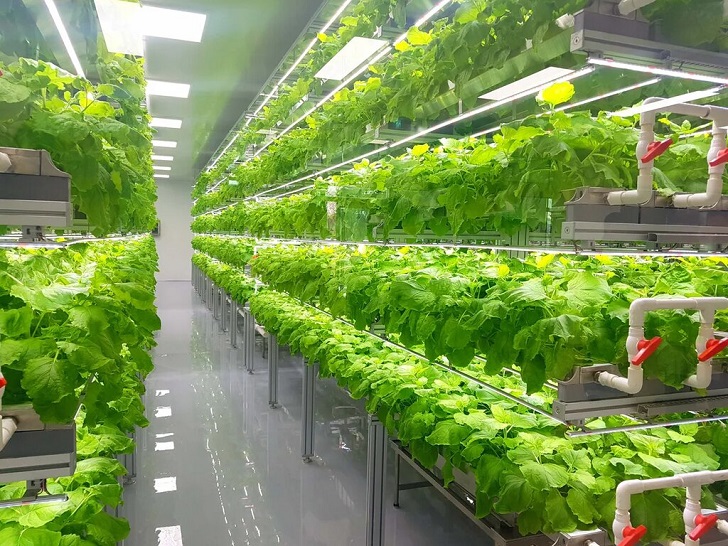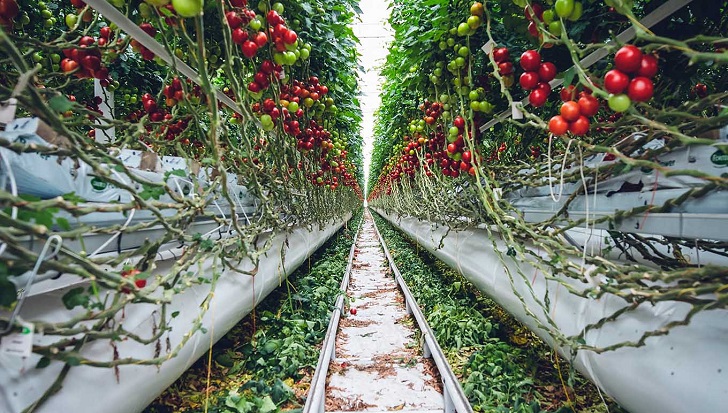Vertical farming is an innovative method of agriculture that involves growing crops in vertically stacked layers, using artificial lighting, temperature, humidity control, and other advanced technologies. This technique has gained popularity recently due to its numerous benefits over traditional farming methods. Below mentioned are a few benefits of vertical farming.

LEI NGUYEN/ AFP | Indoor vertical farms can grow 365 days per year, regardless of the weather conditions
Year-Round Production
Vertically-farmed produce can have a year-round production of crops, regardless of the external climate. This means that growers can produce crops continuously, even during off-seasons, providing a consistent supply of fresh produce throughout the year. Additionally, the controlled environment of vertical farms means that the crops can be grown under optimal conditions, allowing for faster growth and higher yields.
Increased Crop Yield
One of the biggest advantages of vertical farming is its ability to produce a high yield of crops in a relatively small space. By stacking plants on top of each other in vertical layers, growers can increase the number of crops grown per square foot of land, allowing for more efficient use of space. This means that vertical farms can produce up to 10 times more food per unit area than traditional farms.
Reduced Water Consumption
Vertical farms use a closed-loop irrigation system that recirculates water, reducing water consumption by up to 70%. The system can capture and reuse water, reducing the water required to irrigate the plants. Additionally, the controlled environment of vertical farms eliminates the need for pesticides, reducing the water needed for washing crops.

LEI NGUYEN/ AFP | The global vertical farming market was worth 1.5 billion dollars in 2016 and is projected to grow to 6.4 billion dollars in 2023
Elimination of Pesticides and Herbicides
This farming eliminates the need for pesticides and herbicides, as the controlled environment makes it easier to manage pests and diseases without harmful chemicals. This is a significant benefit for both consumers and growers, as it eliminates the risk of harmful chemicals being ingested through food and reduces the overall cost of crop management.
Reduced Carbon Footprint
It has also significantly reduced its carbon footprint compared to traditional farming methods. This is because the closed-loop irrigation system reduces the water needed, and the controlled environment of vertical farms reduces the need for transportation, storage, and other resources. Moreover, vertical farms can be located in urban areas, reducing the transportation costs associated with shipping produce from rural areas to cities.
Increased Food Security
Vertical farming can increase food security by providing a reliable source of fresh produce regardless of external factors such as weather and climate change. This is particularly important in areas where traditional farming is impossible due to limited land availability, poor soil quality, or other environmental factors.

Jack Payne/ Aptean | Vertical farms use far less water per pound of produce than conventional field cultivation
Job Creation
Vertical farming can create new jobs in the agriculture sector, particularly in urban areas where traditional farming is impossible due to space, climate, or other reasons. This includes jobs in plant science, horticulture, and other related fields, providing new employment opportunities for individuals with various skills and experience.








